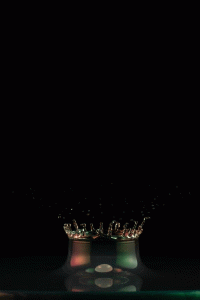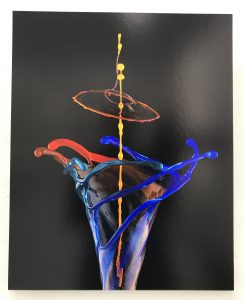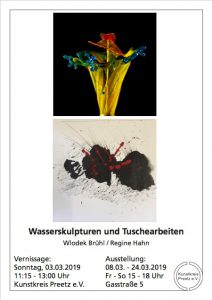
An art & science collaboration with Wlodek Brühl: #dropphotography
If you are here because you saw my title or talk at the Science in Public conference in Manchester and are curious about #dropphotography as a form of art&science collaboration in scicomm…



